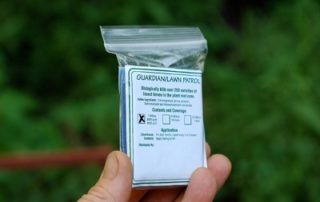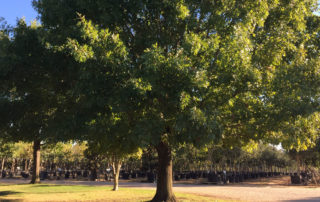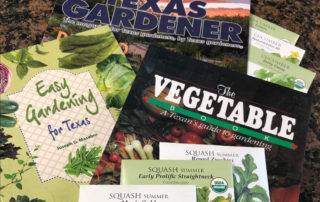Pruning Crape Myrtles
Most of you have heard the process of pruning Crape Myrtles back to “nubs” referred to as “Crape Murder”. But you may not know how this practice originated. I’d like to offer my "take" on the subject and some reasonable solutions to a practice that deforms and subjects these beautiful trees to unnecessary stress. Many years ago, we did not have the variety of Crape Myrtles available that breeders now offer. Until the first breeding programs began in the 1960’s, we had only Lagerstroemia indica and Lagerstroemia fauriei, both tall-growing [...]











